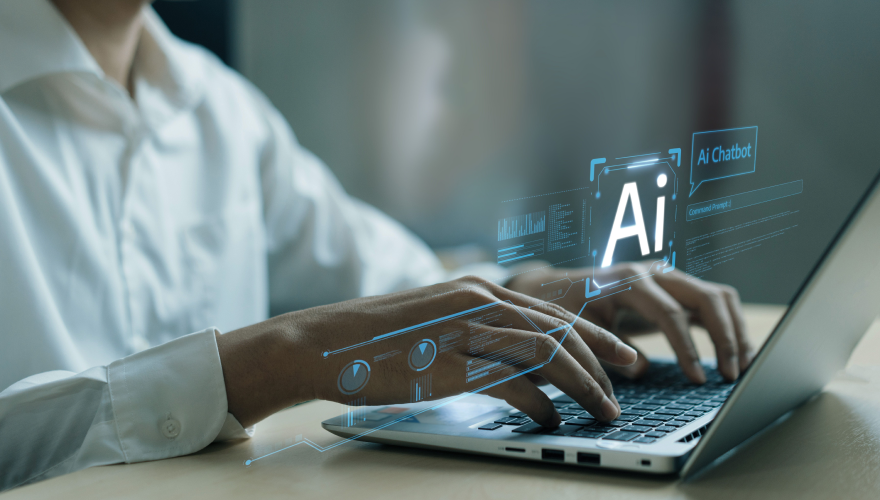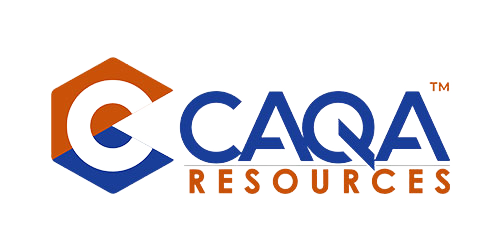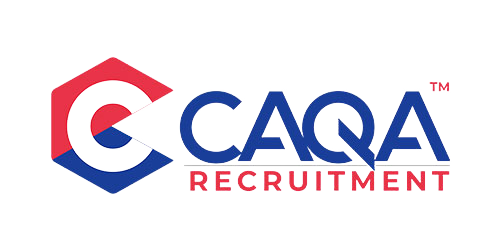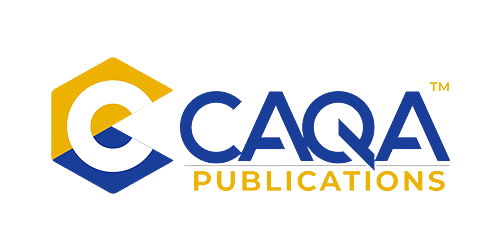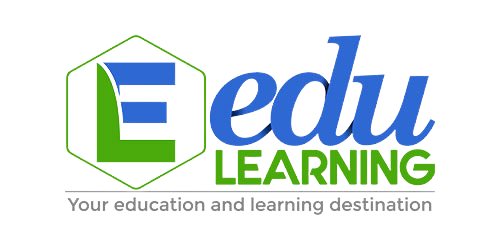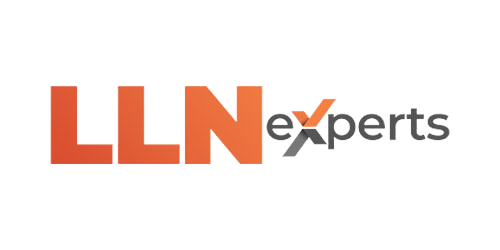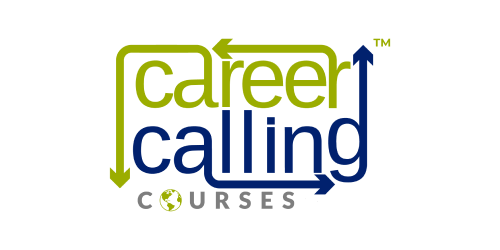The rapid advancement of artificial intelligence (AI) has ushered in a new era for the Vocational Education and Training (VET) sector in Australia. AI-generated assessments and learner resources promise efficiency and innovation, but they also raise significant concerns about the validity, reliability, and integrity of the competency-based training system. This article explores the implications of AI-created content in VET, examining both the potential benefits and the critical challenges that must be addressed.
The Rise of AI in VET Assessment and Resource Creation
Artificial Intelligence has made significant inroads into various aspects of education, and the VET sector is no exception. AI tools are increasingly being used to:
- Generate assessment questions and scenarios
- Create learner resources such as study guides and practice materials
- Develop simulations for practical skill assessment
- Automate the grading of certain types of assessments
The appeal of AI in these areas is clear:
it offers the potential for rapid content creation, personalised learning experiences, and reduced workload for educators. However, the use of AI also introduces a host of concerns that need careful consideration.
Validity and Reliability Concerns
The core issue with AI-generated content in VET assessments and resources lies in the question of validity and reliability. These are fundamental principles in competency-based assessment:
- Validity refers to the extent to which an assessment measures what it is intended to measure – in this case, the specific competencies outlined in training packages.
- Reliability concerns the consistency of assessment results across different contexts and assessors.
AI-generated content raises several red flags in these areas:
- Source Verification: AI models are trained on vast datasets, but the origins and quality of this data are often unclear. This lack of transparency makes it difficult to ensure that the generated content aligns with current industry standards and practices.
- Currency of Information: The VET sector requires up-to-date, industry-relevant content. AI models may draw on outdated information, potentially leading to assessments and resources that don't reflect current workplace requirements.
- Contextual Understanding: While AI can process and generate text efficiently, it may lack the nuanced understanding of specific industry contexts that human experts possess. This could result in assessments that fail to capture the complexity of real-world scenarios.
- Bias and Fairness: AI models can inadvertently perpetuate biases present in their training data, potentially leading to unfair or discriminatory assessment practices.
- Alignment with Training Packages: The Australian VET system is built on nationally recognised training packages. AI-generated content may not accurately align with the specific performance criteria and evidence requirements outlined in these packages.
Case Study: The Pitfalls of Unchecked AI Use
To illustrate the potential risks, consider a hypothetical scenario in the construction industry:
An RTO uses an AI tool to generate assessment questions for a unit on workplace safety. The AI, drawing from its general knowledge base, creates questions that seem relevant but fail to incorporate recent changes to Australian safety regulations. Students who complete this assessment may be deemed competent based on outdated standards, potentially leading to safety risks in real-world applications.
This example underscores the critical need for human oversight and verification in the use of AI-generated content.
Benefits and Opportunities of AI in VET
Despite these concerns, the potential benefits of AI in VET assessment and resource creation are significant:
- Efficiency: AI can rapidly generate large volumes of content, potentially reducing the workload for trainers and assessors.
- Personalisation: AI algorithms can adapt content to individual learner needs, creating more tailored learning experiences.
- Consistency: Properly implemented AI systems could enhance the consistency of assessment across different providers.
- Innovation: AI opens up possibilities for new forms of assessment, such as advanced simulations or adaptive testing.
- Accessibility: AI-generated resources could make learning materials more accessible to students with diverse needs.
Striking a Balance: Integrating AI Responsibly
To harness the benefits of AI while mitigating the risks, the VET sector needs to adopt a balanced approach:
- Human Oversight: All AI-generated content should be reviewed and validated by subject matter experts before use.
- Clear Guidelines: Regulatory bodies need to develop clear guidelines for the use of AI in assessment and resource creation.
- Transparency: RTOs should be required to disclose the use of AI in their assessment and learning materials.
- Continuous Validation: Regular checks should be conducted to ensure AI-generated content remains current and aligned with industry standards.
- Ethical Considerations: The sector must address the ethical implications of AI use, including issues of fairness and privacy.
- Professional Development: Trainers and assessors need training to effectively integrate and oversee AI-generated content.
The Role of Industry Partnerships
Collaboration between RTOs, industry bodies, and AI developers is crucial to ensure the relevance and accuracy of AI-generated content:
- Industry experts can provide up-to-date information to refine AI models.
- Regular feedback loops can help identify and correct inaccuracies in generated content.
- Joint development of AI tools tailored to specific industry needs can enhance the validity of assessments.
Regulatory Considerations
The Australian Skills Quality Authority (ASQA) and other regulatory bodies will need to adapt their frameworks to address the use of AI in VET:
- Developing standards for the use of AI in assessment and resource creation
- Implementing audit processes to verify the integrity of AI-generated content
- Providing guidance on best practices for RTOs integrating AI into their operations
The Future of AI in VET Assessment
As AI technology continues to evolve, its role in VET assessment and resource creation is likely to expand. Future developments may include:
- Advanced natural language processing for more nuanced assessment of written responses
- Virtual reality simulations for practical skill assessment
- AI-driven adaptive learning systems that continuously adjust to student performance
However, the fundamental principles of validity, reliability, and industry relevance must remain at the forefront of any technological advancements.
The integration of AI-created assessments and learner resources in Australia's VET sector represents both an opportunity and a challenge. While AI offers the potential for increased efficiency, personalisation, and innovation, it also raises critical questions about the validity and reliability of competency-based assessment.
To move forward responsibly, the VET sector must:
- Prioritise human oversight and expert validation of AI-generated content
- Develop clear regulatory frameworks for the use of AI in assessment and resource creation
- Foster close partnerships between RTOs, industry bodies, and AI developers
- Invest in professional development to ensure educators can effectively integrate and manage AI tools
- Maintain a steadfast commitment to the principles of competency-based training and assessment
By addressing these challenges head-on, the Australian VET sector can harness the power of AI to enhance the quality and effectiveness of skills training while maintaining the integrity of its qualifications. The goal should be to use AI as a tool to augment human expertise, not replace it.
As we navigate this new frontier, ongoing research, open dialogue, and a willingness to adapt will be crucial. The future of VET lies in striking the right balance between technological innovation and the human-centred approach that has long been the hallmark of quality vocational education.
Ultimately, the success of AI integration in VET will be measured not by the sophistication of the technology but by its ability to produce skilled, competent graduates who are truly prepared for the demands of the modern workplace. By approaching AI with caution, creativity, and a commitment to educational excellence, the Australian VET sector can lead the way in responsible innovation, setting a global standard for the use of AI in competency-based training and assessment.


